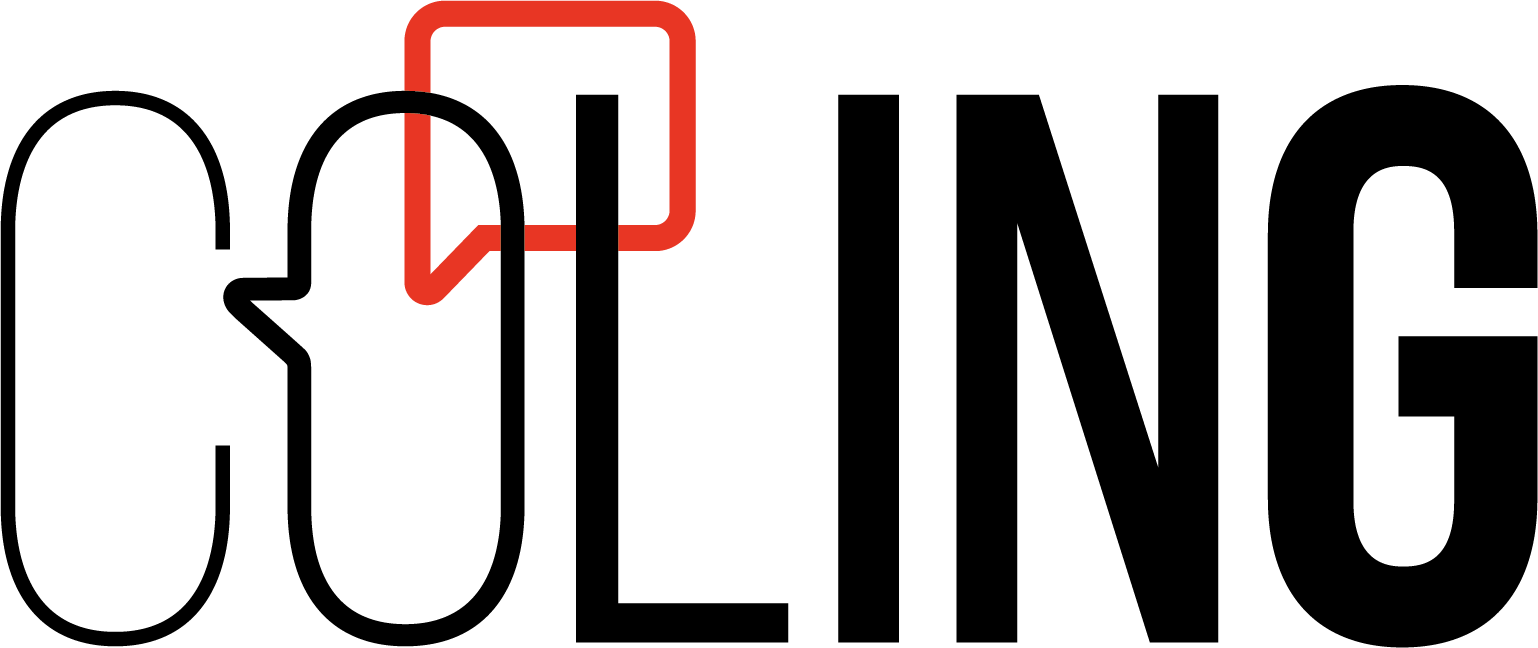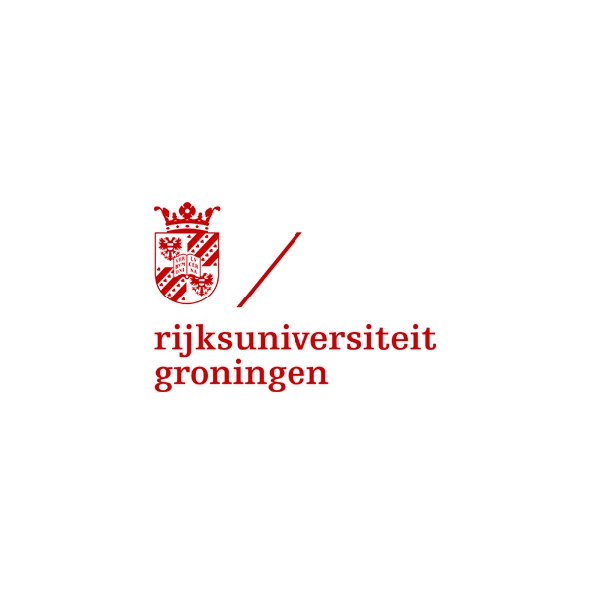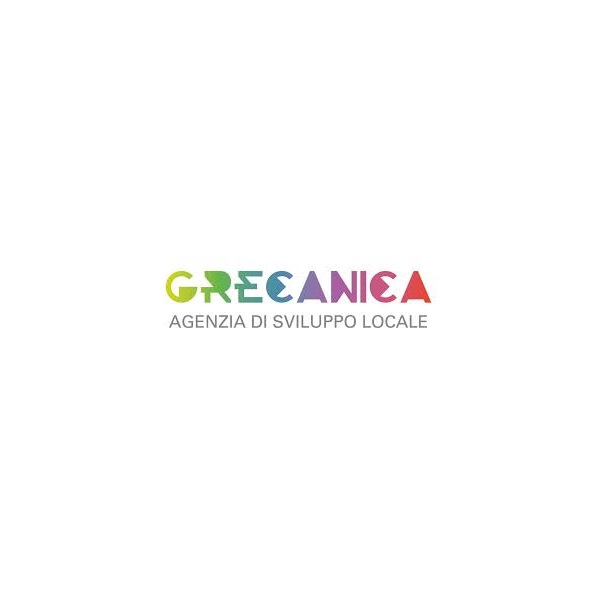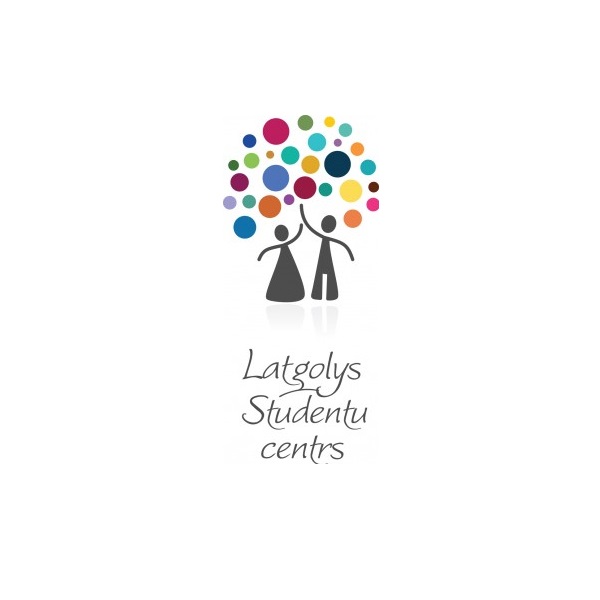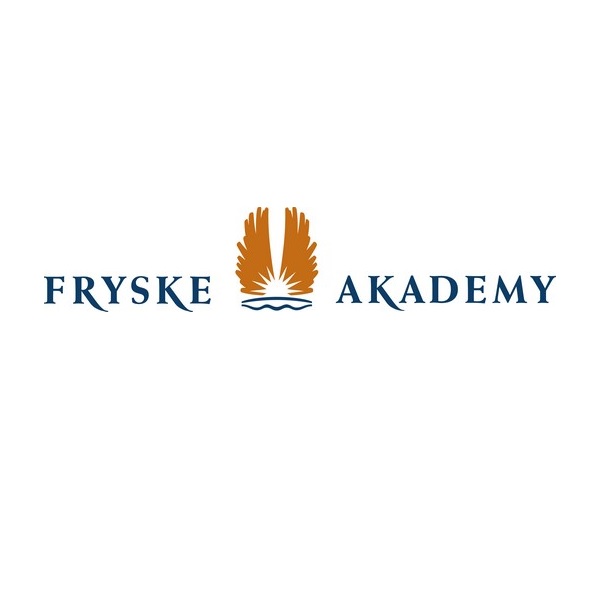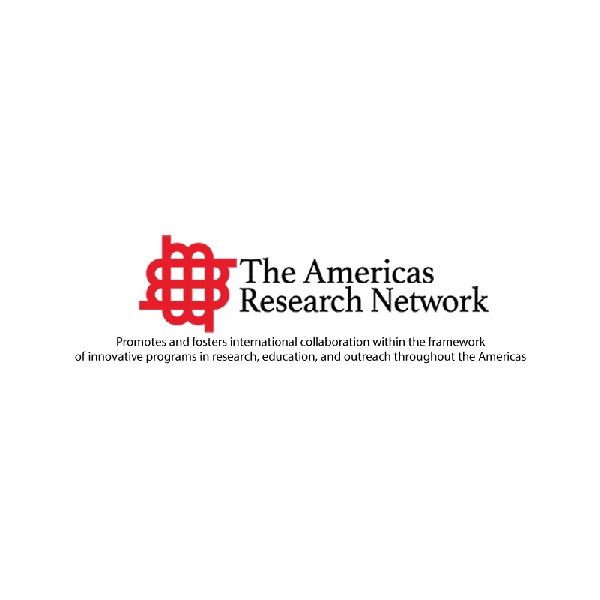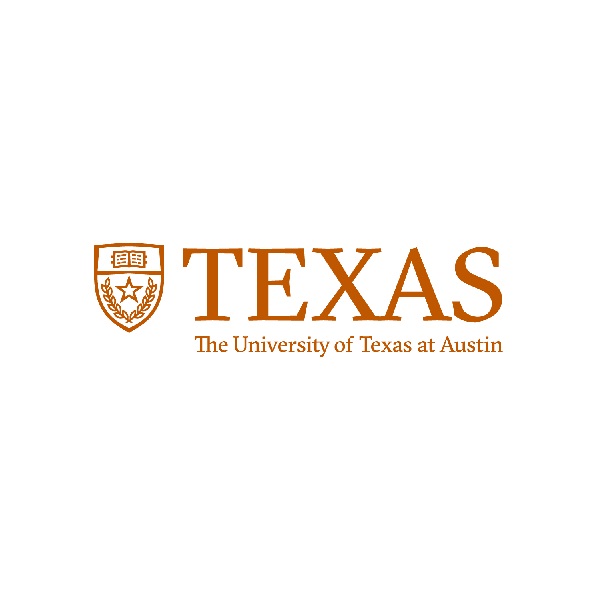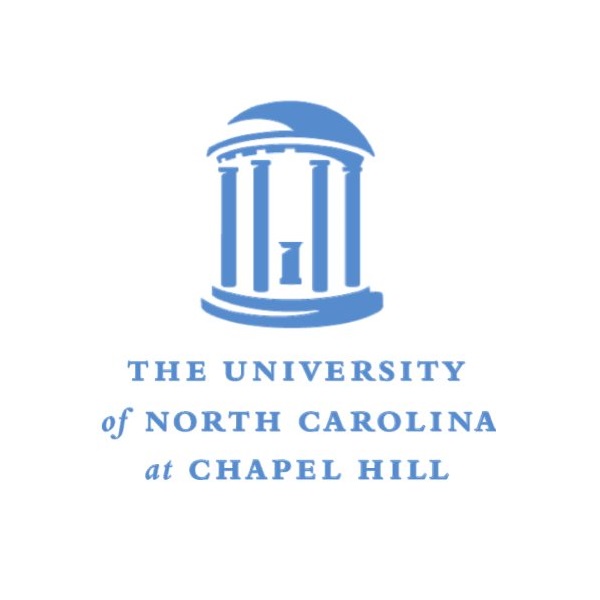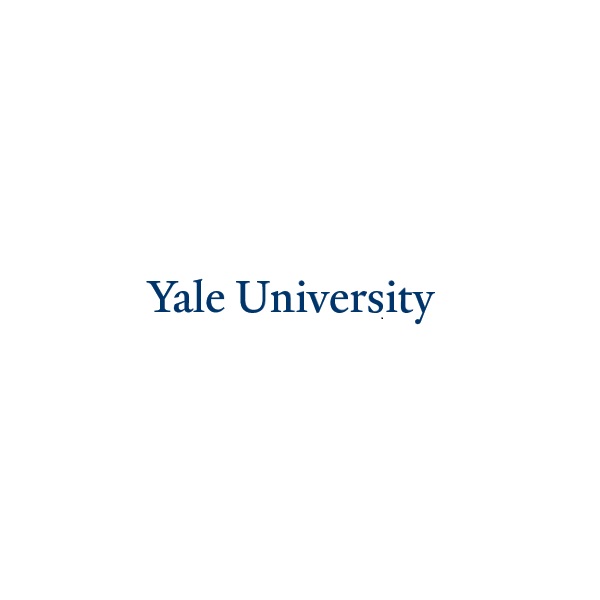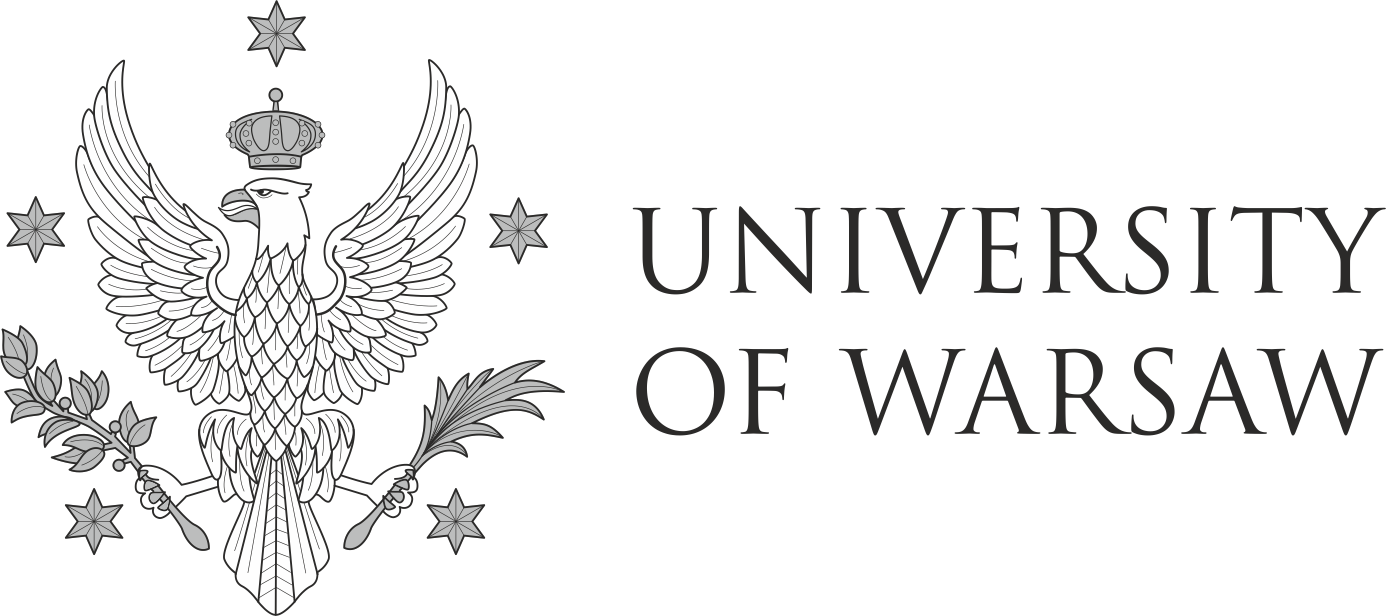TO BE—NAMED FAQs
Abstracts
What is the purpose of asking for an abstract in Mother Tongue? What options do I have when submitting my abstract in my Mother Tongue?
We are encouraging the use of your Mother Tongue to celebrate the diversity of languages and Indigenous knowledge. If your Mother Tongue does not have an orthography, or if you prefer, you can submit your abstract as a recording. These can be made by using your cell phone and then downloading the file to the online To Be Named abstract form online: https://coling.al.uw.edu.pl/to-be-named/ An English version, recorded or written, should also be included. Once authors and contributors have been selected, we hope to provide support for you to partner with interpreters, linguists, and/or translators to help with translations and orthographies.
We accept submissions from all over the world.
Do abstracts need to be in written text form?
Abstracts can be submitted as recordings in your Mother Tongue or language you are most comfortable in so long as an English version is submitted as well.
Submissions
Do you have a word limit for the final essays?
In order to gather a wide range of voices, our word limit for your final contribution is 3-4,000 words. We envision that by including this diversity from across different disciplines and cultures, we will be develop a richer tapestry of ideas on naming.
Can I write in both my Mother Tongue and English in my essay, poem or song?
Yes. We recognize that many authors may combine multiple languages in their writing, and we think this is an interesting approach to include in the volume. Please let us know if you have specific questions about this, as we hope to be able to accommodate your particular mode of working with your language/s.
What formats are you seeking for art submissions?
Submissions can be in a diverse range of media, including sound, and video. This means you can submit digital files as jpegs, TIFFs, and pdfs, and recordings as mp3 and wav, and mp4. You can also include a website for your art work in your abstract. Please also contact us with any questions you might have about formats.
Do I have to submit an abstract with my art submission?
Yes. Please include with your media files a short description of the art work That you hope to develop to explore the concepts and politics involved in naming practices. You can submit previously completed or exhibited work if it is suitable to the themes in this call, but please state this in your abstract and the venues where it has been exhibited.
Are you looking only for art and written texts?
No. We will also include poetry and song, especially if these are principle cultural modes you use to communicate ideas about placenames, names and naming practices.
Are we allowed to submit a joint work of two (or more) people?
Yes, you can submit a joint work with one or more co-authors. Please add the Co-authors in the respective field of the form and add their bio next to the first one in the bio section.
Should the art piece be already finished or can it be a work in progress at this point?
At this point the art piece can be a work in progress. Please, upload a description of the project and visual materials related to it.
Edited Volume and Exhibit
Is this a book or an exhibit? Or both?
The To Be Named project is aimed at bridging cultural and disciplinary practices and this is only possibly if a wide range of scholars, communities, as well as different types of media are included. For this reason, we will begin by convening selected essays and art work as an edited volume. While working on the volume, we will also develop a curatorial team that will select art and media contributions for the exhibit, which is scheduled to take place in 2023.
Who is the intended audience for the edited volume?
To Be Named will be a peer review edited volume that crosses both creative and academic narrative styles. We hope the volume will appeal to academics and Indigenous communities, especially where these overlap with Indigenous scholars, and for those for whom naming is a critical issue, such as around placenames and the politics of naming. Your essay, if you go this route as opposed to an art submission, can take either an academic approach, or an creative and/or experimental one using this multi-audience approach. We are also not opposed to text and art being melded together in the same submission. We will also be looking for a select series of critical papers from experts that will synthesize the themes arising from the papers, workshops and art that has been submitted and selected.
Will the edited volume be published as open access?
We are on track for open access publication as well as a printed volume with support from CoLing.
Will there be a public exhibit?
We will have a public exhibit. We are currently developing a curatorial team that will make selections from submissions and will also determine the venue, which will be shared on the website once finalized.
What happens to the essays, art work, songs, poetry and other contributions that do not make it into the volume or exhibit?
We hope to share some of the work submitted but not selected on the
To Be Named website.
Please keep referring back to this FAQs page and website as the To Be—Named project develops, as we will be continually updating these.
